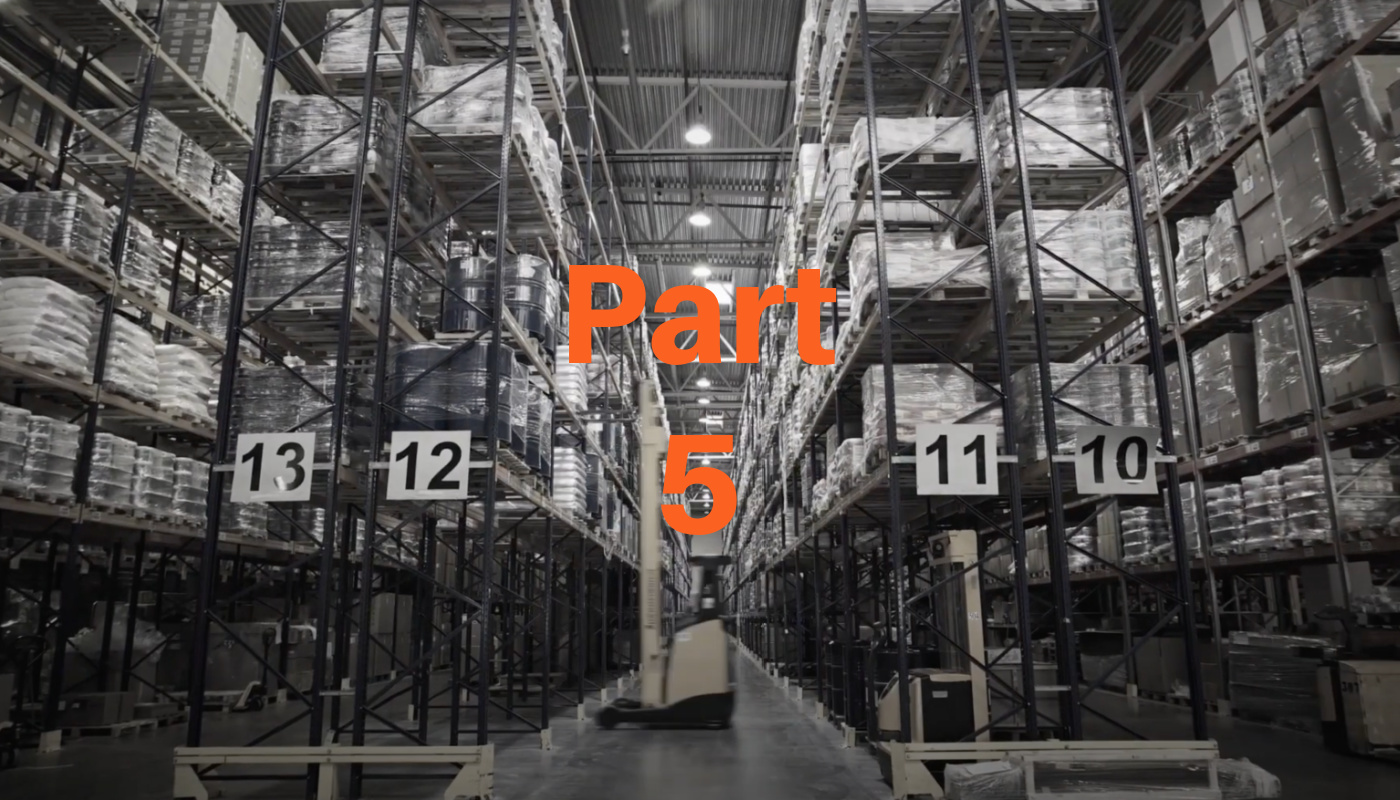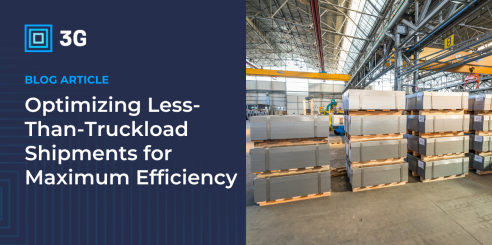Blog
TMS Buying Guide | Part 5- 5 questions to ask when evaluating a TMS solution

How Today’s Supply Chain Challenges Shape Your Next TMS Upgrade
5 questions to ask when evaluating a solution
From a pandemic-imposed economic shutdown to the Great Supply Chain Disruption, matching supply and demand today is a constantly evolving process.
Brokers and 3PLs are looking to improve how they react to changing demands, and the answer lies in optimizing their supply chain processes. To increase optimization, they’re turning to their transportation management systems (TMS). It should come as no surprise that the TMS market is expected to grow by US$1.62 billion between 2022 and 2027, as it becomes an increasingly important tool for business success.
TMS differences
Not all TMSs are equal in how they handle today’s supply chain challenges. The current industry climate helps shape new functionalities being developed, but different TMSs can have different approaches to addressing those challenges. Which solution you choose depends on its ability to meet your current and future transportation management needs and the needs of your customers.
6 Challenges for transportation management
- Supply chain disruptions
Supply chain disruptions—like at the start of the pandemic—cause volatility in the freight market. Demand for transportation can change suddenly and unexpectedly due to outside factors, and brokers and managed transportation providers need the tools to react as quickly as possible.
- Supply chain bottlenecks
Supply chain disruptions have helped reveal critical bottlenecks for getting goods from ports to chassis to trucks. These cause wider effects on the supply and demand of transportation.
- Labor retention
What’s been called the Great Resignation has left all types of companies, including transportation companies, at times short on employees. While working toward improving retention, these companies must manage more frequent turnover and its impact on their competitiveness and growth.
- Shortage of warehousing space
More companies are feeling the effects of a warehousing space shortage with the demand for space increasing. This shortage originates with the rise in e-commerce along with retailers buying and storing larger shipments in an attempt to prepare for future disruptions.
- Demand for digital transformation
With more demand for digital transformation, companies are rethinking their tech stacks and workflows for better optimization. This takes planning and strategy, as each solution needs to be interconnected with the next for the best results.
- Need for tighter cybersecurity
No one wants to believe their company would be the target of a major cyberattack, but the fact is digital transformation increases the risk, and companies must protect themselves. A ransomware attack or data breach could put a broker’s information, and their customers’ information, into the wrong hands.
5 Questions to ask when evaluating a TMS in the context of industry challenges
No solution exists in a vacuum, which means any TMS under consideration for purchase must be able to withstand the current demands and challenges of the market. Here are five questions to ask when evaluating a TMS.
- How does the TMS respond to supply chain disruptions?
The advanced capabilities of TMSs today set them apart from legacy solutions. The contrast is stark when reacting to a supply chain disruption. A TMS should be able to quickly raise the alarm about changes and equip users to minimize the effects of the disruption. The key here is a fast response to help reduce risk.
- How does the TMS handle less-than-truckload (LTL) capacity issues?
When LTL capacity is tight, the difference between finding capacity and struggling to get your loads covered is agility. This means having the TMS tools to shop for rates automatically, more effectively than what can be done manually, and having carrier and mode optimization on your side. This optimization takes into consideration the options currently available and your needs, determining whether there’s a more cost-effective way to get your freight delivered, like TL or parcel.
- How does the TMS enable customer visibility into the order fulfillment process?
Visibility is among the most important demands from customers right now because it is the difference between having information to make decisions during disruptions and being in the dark. Supply chain partners must be able to collaborate through integrated solutions so that the TMS acts as a single record of truth representing the entire chain. This would not be possible with an outdated, on-premises solution as it requires the connectivity of a modern TMS.
- How does the TMS enable us to differentiate ourselves and grow?
It’s becoming increasingly common that shippers are judged by their supply chains and fulfillment, not just by the products they sell. The right TMS enables brokers to support their customers’ differentiation from the competition. To provide the right fulfillment offerings to do this, a TMS must be configurable, flexible, and scalable.
- Does the TMS being cloud-based or hosted/on-premises support our business needs?
A hosted/on-premises solution used to be the only option before cloud-based SaaS. Today, past reasons to choose hosted/on-prem often don’t fit businesses—they require costly on-site upkeep with much more rigidity in their function. A cloud-based TMS allows for easy integration and connectivity with other solutions, customers, and carriers, and it allows scaling and adding on or changing features to be done easily and simply.
Transportation management system for today’s demands
The best solution is a TMS that is designed to respond to the needs of the business based on today’s demands. As the market demands a greater level of flexibility and connectivity, a cloud-based solution like 3G’s makes the best choice for many brokers and 3PLs.
Schedule a demo to see 3G in action and discover how it can help you navigate today’s business challenges.


